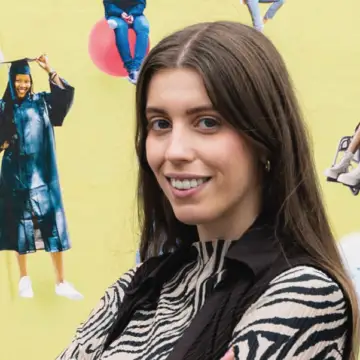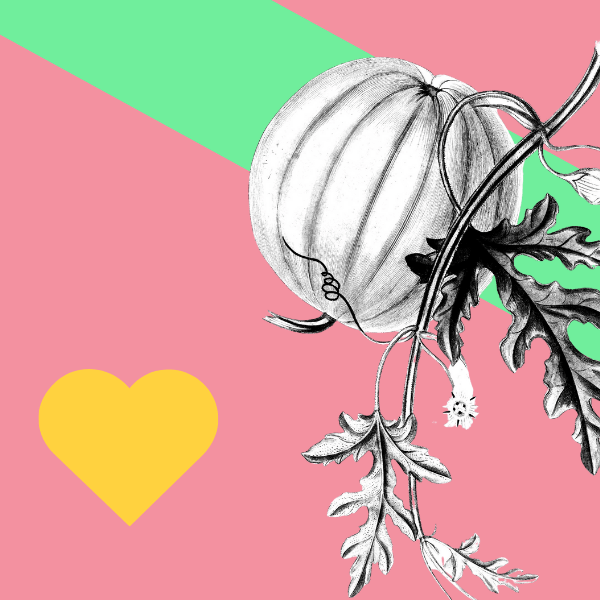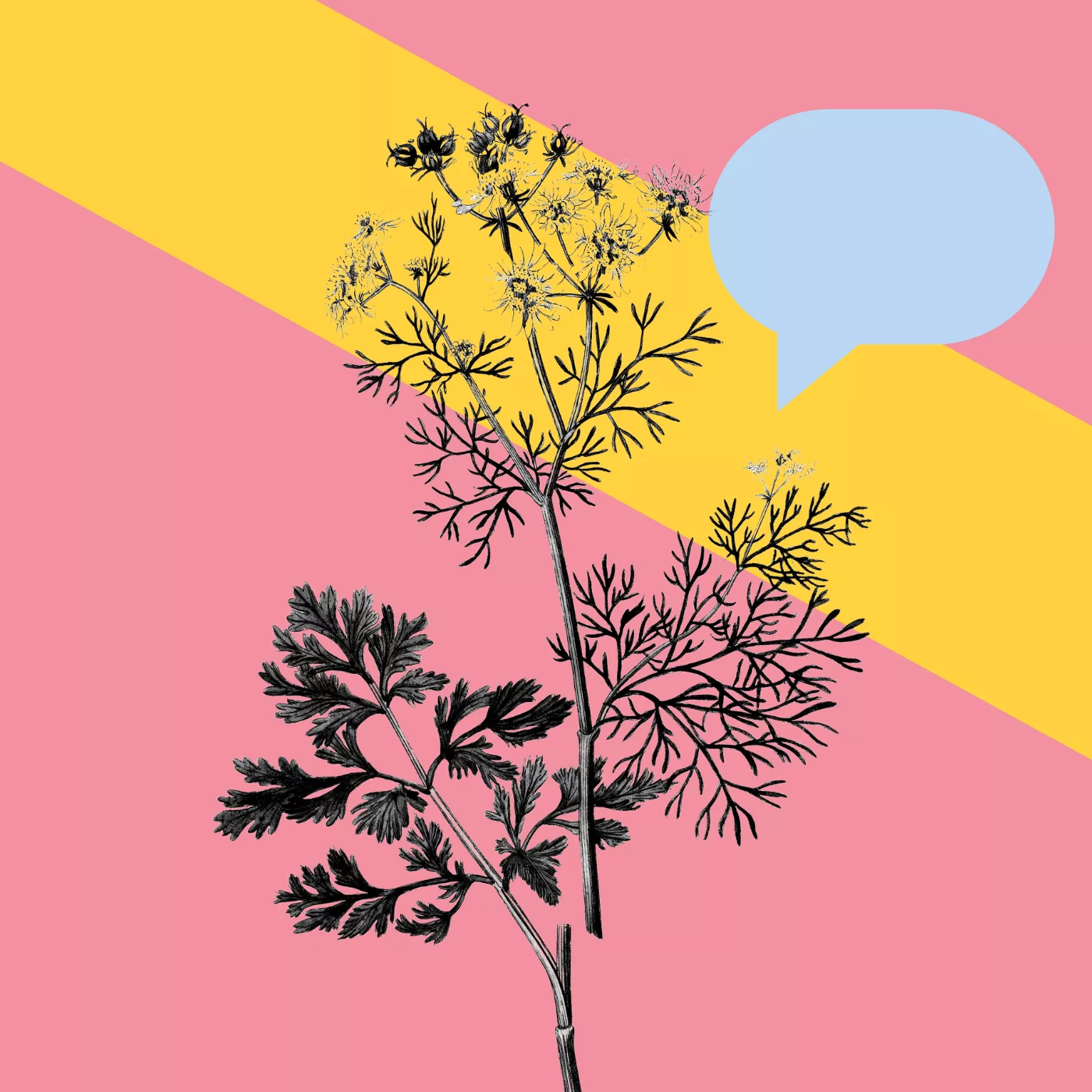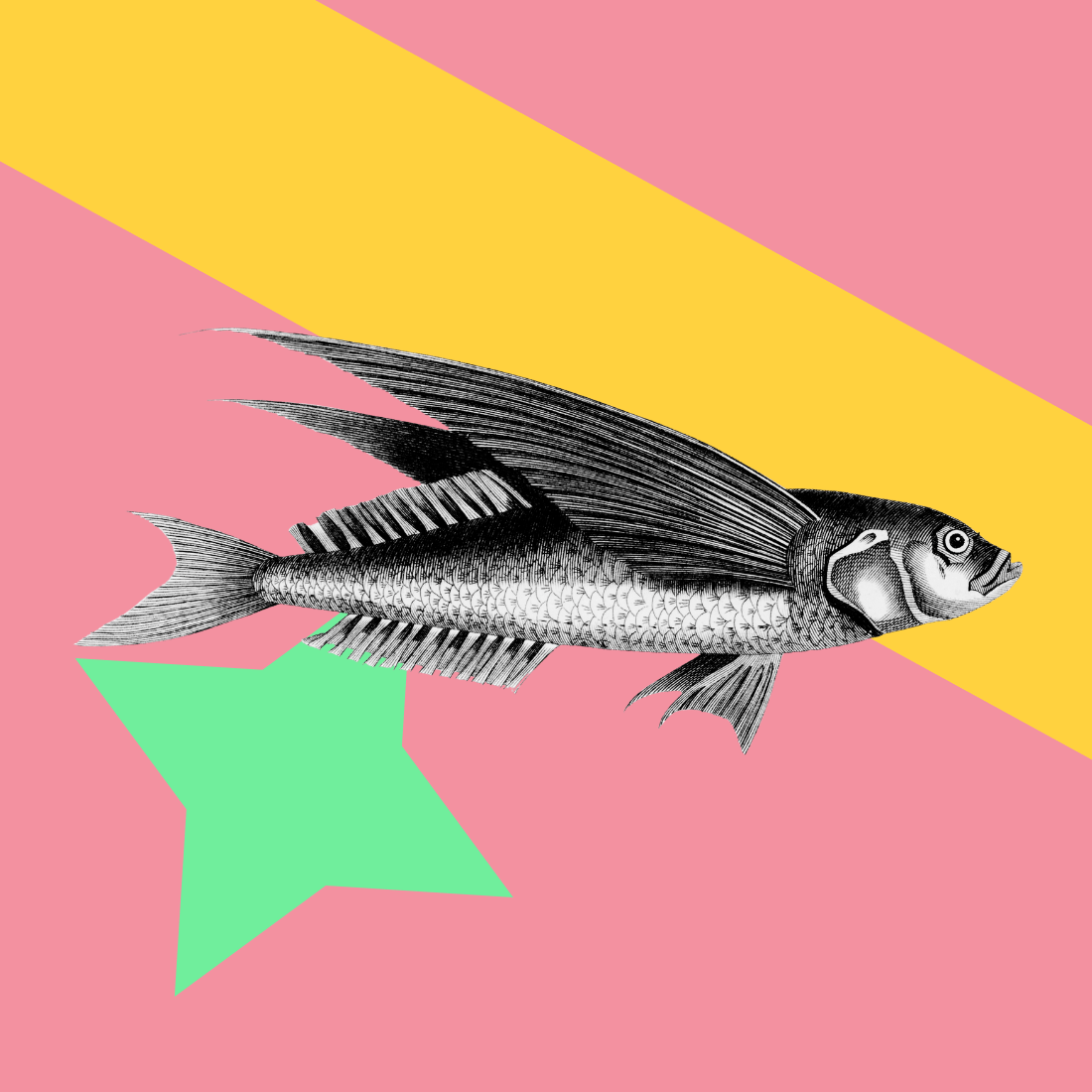You might be reading this because you’ve just received that familiar email – the one that starts with “thank you for your application” and ends with “we regret to inform you.” Perhaps you applied through Zealous, or maybe you’ve found your way here after yet another “no” in what feels like an endless series of rejections.
Creative rejection stings differently than other types of rejection. When your art application gets rejected, your portfolio declined, or your creative opportunity slips away, it can feel deeply personal.
Firstly, take a breath. You’re not alone in this experience.
Rejection Happens to Everyone
Rejection in the creative world is universal, but hardly anyone publicly shares their failures – we only hear the success stories. That artist you admire who appears to be getting constant opportunities on social media? They might have applied to 50 open calls this year and succeeded with just 3. Every successful creative has a collection of rejection letters tucked away somewhere, which makes each “no” feel more isolating than it actually is.
Many creatives have a complicated relationship with rejection. It stings differently when your work – something deeply personal that you’ve poured time, energy, and often money into – gets turned down. But here’s what we want you to know: being rejected is not a reflection of your worth as a person or even as an artist.
How these creatives turn rejection into growth features creatives across disciplines sharing their relationship to rejection – a comforting read to know you’re not alone, with some interesting perspectives on how rejection shapes their mindset and creative career.
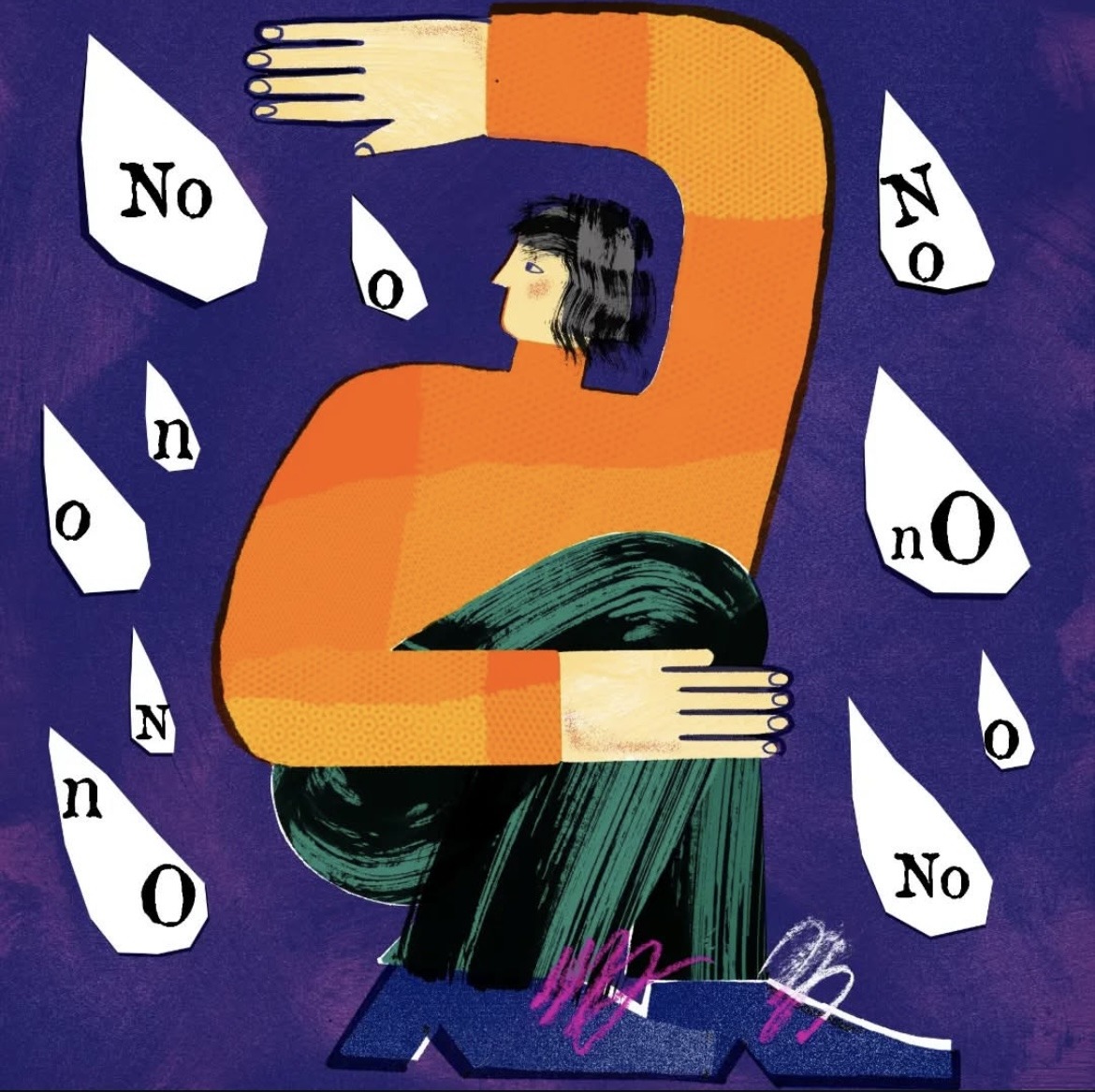
Why Creative Applications Get Rejected (It’s Usually Not About You)
These are the common reasons for creative application rejection – most of which are completely outside of your control. The only thing you have control over is the quality of your application itself.
Volume and Competition: Many creative opportunities receive hundreds or thousands of applications for just a handful of spots. Exhibition Open Calls might get 1,000+ applicants for just 20 gallery spots. Residency programs might see 500 submissions for 20 spaces. Sometimes rejection is simply a numbers game.
Curatorial Vision and Fit: Judges might be looking for work that fits a particular theme, or balances their overall selection. Your work might be excellent, but not what they needed for that specific moment. They may have already selected similar work, or need to maintain diversity across mediums, themes, or demographics.
Administrative Factors: Missing documents, technical issues with submissions, or simple human error can sometimes impact applications. Missed deadlines, incomplete submissions or submissions that haven’t followed the guidelines can disqualify otherwise strong applications.
Resources for Moving Forward
Your creative journey doesn’t end here. In fact, this might be exactly the moment to step back, reassess, and strengthen your approach. We’ve gathered some resources that can help you navigate these next steps:
Understanding and Processing Rejection
When you’re ready to dig deeper into how to develop resilience, Dealing with Rejection offers strategies for building mental strength and maintaining your creative confidence through the ups and downs.
Turn Rejection into Momentum
Keep your creative fire burning. Explore new opportunities when you’re ready to try again.
Evaluating Opportunities Before You Apply
Before investing time in your next application, it might be worth pausing to assess whether it’s the right fit. Is an Opportunity Right for You? provides a framework for making strategic decisions about where to focus your energy, helping you identify opportunities that align more closely with your work and goals, potentially reducing mismatched applications.
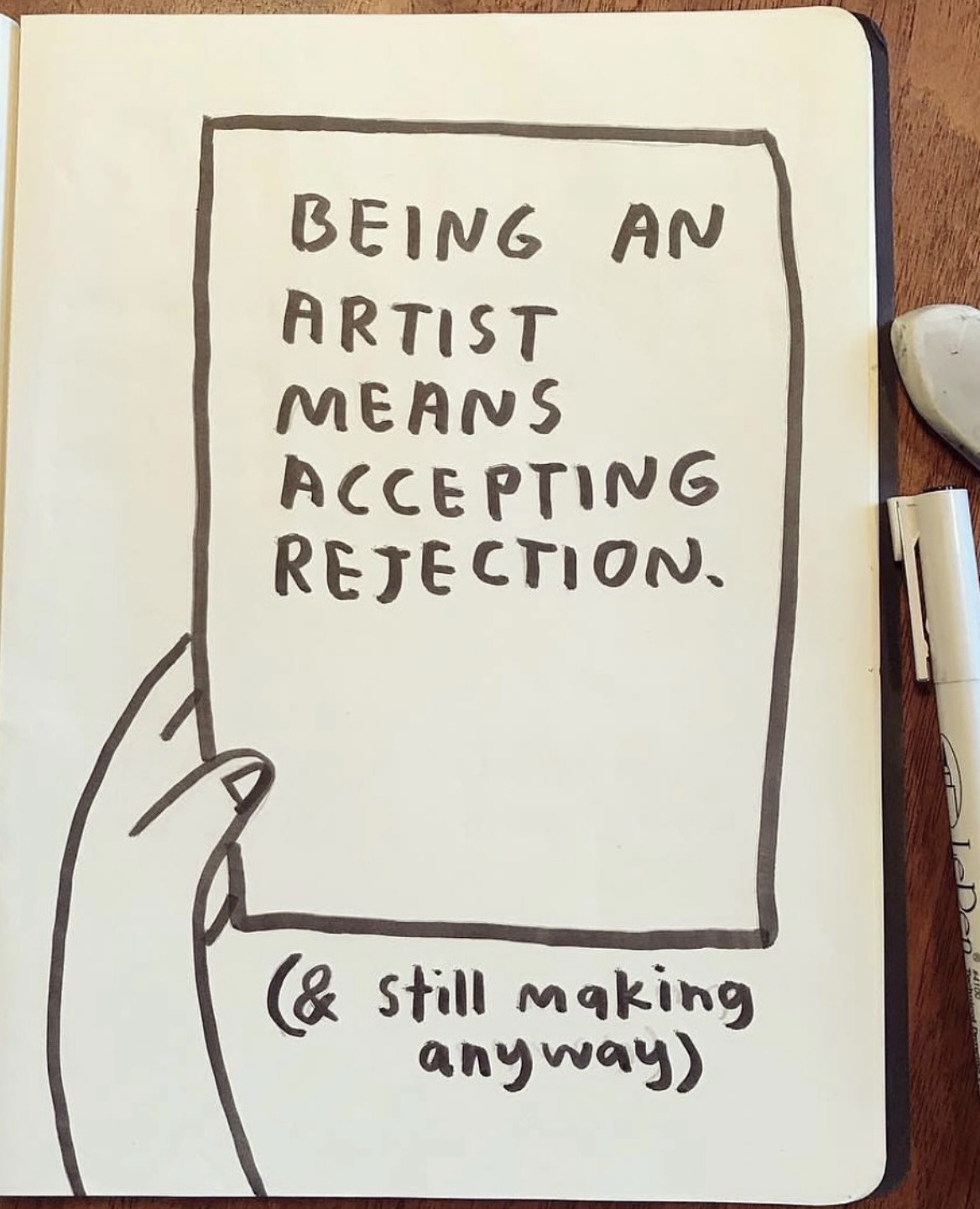
Crafting Compelling Written Materials
Artist Statements: Your artist statement is often the bridge between your work and the selection panel. Perfecting Your Artist Statement can help ensure your words do justice to your creative vision and effectively communicate the concepts behind your practice.
Artist Biography: A well-crafted biography contextualizes your work within your career journey and establishes your credibility. Writing an Artist Biography guides you through creating a professional bio that supports your applications effectively.
Making Your Applications Memorable
When competition is fierce, standing out becomes crucial. Creative Questions for Stand-Out Submissions explores how to make your application memorable for the right reasons.
Key application fundamentals that can make or break your submission include:
- Following instructions precisely – Missing requirements or ignoring guidelines can immediately disqualify otherwise strong applications.
- Image quality and presentation – A bad photograph of your work can mean the difference between acceptance and rejection. Consider how your work will appear when viewed digitally.
- Technical specifications – Pay attention to file formats, image dimensions, and naming requirements. These details matter more than you might think.
Finding More Opportunities
Building a sustainable creative practice means having a robust pipeline of opportunities to pursue. Find the Best Creative Opportunities offers a list of listing sites for discovering new opportunities.
Remember: you need to build up your rejections to build up your successes. The more strategic applications you submit, the better your odds become. You don’t get anywhere without continuing to try and improve.
Building Your Application Strategy
Rather than applying randomly to every opportunity you see, develop a strategic approach:
- Research each opportunity thoroughly before applying
- Customise your materials for each submission
- Keep detailed records of what you’ve submitted where
- Follow up appropriately when guidelines permit
- Learn from each application, whether accepted or rejected
This Isn’t the End
Rejection can feel like a full stop, but it’s actually more like a comma in your creative story. Skills you’re developing now will serve all of your future applications. Connections you haven’t made yet might lead to collaborations you can’t imagine.
Your creative journey is uniquely yours, with its own timeline and trajectory. One rejection – or even several – doesn’t determine your path forward. Many successful artists have stories of rejections that initially felt devastating but ultimately led them to better-fitting opportunities.
Take the time you need to process this disappointment, then when you’re ready, consider which of these resources might help you approach your next opportunity with renewed clarity and strength.
You belong in the creative world. This setback doesn’t change that fundamental truth.
Let us know you want us to write more content like this with a love!
Share
